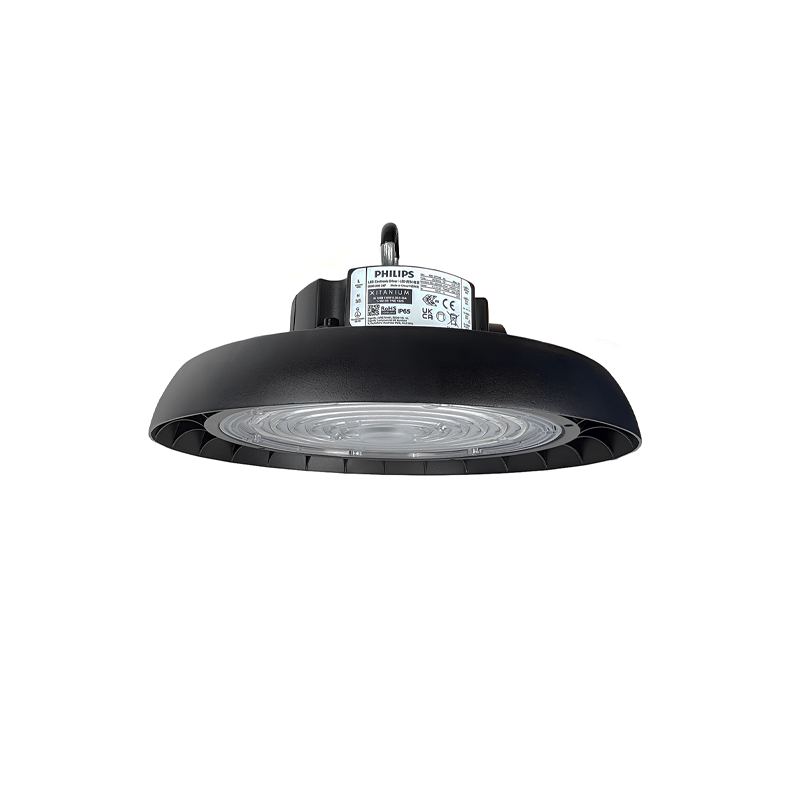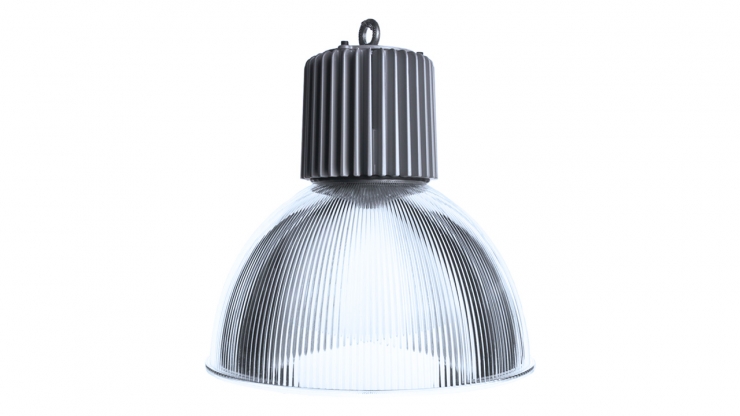When it comes to designing safe, energy-efficient, and effective lighting for large facilities, high bay lights and low bay lights industrial lighting solutions stand out as the most reliable options. These two categories of fixtures are the backbone of industrial, commercial, and even some retail lighting setups. But how do you know when to use high bay lights versus low bay lights? What are their differences, features, and ideal applications?
This ultimate guide will walk you through everything you need to know about high bay and low bay lights — from definitions and design considerations to installation tips, benefits, and the latest technologies shaping the future of industrial lighting.
What Are High Bay Lights and Low Bay Lights?
High Bay Lights

High bay lights are designed for spaces with ceiling heights of 20 feet (6 meters) or more. They deliver powerful, widespread illumination, ensuring that even the farthest corners of large facilities are brightly lit.
Common applications include:
- Warehouses
- Manufacturing plants
- Gymnasiums
- Large retail stores (like Costco or Walmart)
- Airplane hangars
Low Bay Lights

Low bay lights are intended for ceiling heights between 12 and 20 feet (3.6 to 6 meters). They provide focused, evenly distributed light for smaller industrial or commercial spaces.
Common applications include:
- Workshops
- Small factories
- Parking garages
- Community centers
- Retail shops
Key Differences Between High Bay and Low Bay Lights
| Feature | High Bay Lights | Low Bay Lights |
|---|---|---|
| Ceiling Height | 20–45+ feet | 12–20 feet |
| Beam Angle | Narrow (60–120°) for focused coverage | Wider (120–160°) for spread-out coverage |
| Lumen Output | 15,000–60,000+ lumens | 6,000–20,000 lumens |
| Applications | Large-scale industrial & commercial areas | Small to mid-sized workspaces |
| Fixtures Used | UFO LED, Linear LED, HID (historically) | LED panels, compact fluorescent, small HID |
| Cost | Higher initial cost but long-term savings | Lower cost, moderate efficiency |
Benefits of Using High Bay and Low Bay Lighting
High Bay Lights Benefits
- Superior Illumination: Bright light over large areas without shadows.
- Energy Efficiency (LED): Modern LEDs consume up to 70% less energy than traditional HID lamps.
- Long Lifespan: LEDs last 50,000+ hours, reducing maintenance costs.
- Better Safety: Adequate lighting prevents accidents in industrial environments.
Low Bay Lights Benefits
- Cost-Effective: Affordable fixtures with sufficient brightness for smaller spaces.
- Uniform Lighting: Wider beam spreads create an even distribution of light.
- Flexibility: Easy to install in garages, workshops, and small warehouses.
- Lower Ceiling Adaptability: Ideal for ceilings under 20 feet.
Choosing the Right Industrial Lighting Solution
When deciding between high bay and low bay lights, consider these factors:
- Ceiling Height – The most critical factor in choosing between the two.
- Application Needs – Heavy-duty tasks require brighter, more powerful illumination.
- Energy Efficiency Goals – LEDs offer the best balance of cost and sustainability.
- Budget – High bay lights cost more upfront, but save money in long-term operations.
- Light Distribution – Narrow beam for focused areas vs. wide beam for spread lighting.
Types of High Bay and Low Bay Fixtures
1. LED High Bay Lights
- Energy-efficient and long-lasting
- Available in UFO (round) or linear designs
- Excellent for warehouses and gyms
2. HID High Bay and Low Bay Lights
- Traditional technology (Metal Halide, HPS, Mercury Vapor)
- High brightness but less energy-efficient
- Require frequent maintenance
3. Fluorescent Fixtures
- Common in older facilities
- Cheaper upfront but shorter lifespan
- Not as efficient as LED options
4. Induction Lighting
- Uses electromagnetic fields to generate light
- Decent efficiency, but less popular than LED
- Longer startup time
Energy Efficiency: Why LEDs Dominate
LED technology has revolutionized both high bay and low bay lighting. Compared to HID or fluorescent lamps, LEDs:
- Use 50–70% less energy
- Last 3–5 times longer
- Offer instant-on capability (no warm-up time)
- Provide customizable color temperatures
- Reduce heat output (important in industrial settings)
For businesses looking to save on electricity bills and maintenance, LED high bay and low bay lights are the clear winners.
Installation and Maintenance Tips
Installation Tips
- Ensure correct mounting height for optimal coverage.
- Use motion sensors or dimming controls for energy savings.
- Choose fixtures with the right IP rating for dust, moisture, or outdoor exposure.
- Plan wiring carefully to support future scalability.
Maintenance Tips
- Regularly clean fixtures to prevent dust buildup.
- Replace damaged lenses or diffusers.
- Inspect wiring and mounting brackets annually.
- Use LED fixtures to minimize maintenance frequency.
Cost Considerations
Initial Investment
- High bay LEDs: $150–$500 per fixture
- Low bay LEDs: $100–$300 per fixture
Long-Term ROI
- LEDs pay for themselves within 2–3 years through energy savings.
- Reduced maintenance costs add significant value.
Common Mistakes to Avoid
- Using low bay lights in high-ceiling spaces leads to poor lighting.
- Choosing wattage without calculating lumen requirements.
- Ignoring beam angle and spread.
- Failing to consider control systems (timers, sensors).
Real-World Applications
- Amazon Warehouses: Rely heavily on high bay LED systems to illuminate massive storage areas.
- Parking Garages: Use low bay LEDs with motion sensors to save energy.
- Sports Arenas: High bay lights ensure uniform lighting across large fields and courts.
- Retail Stores: Combine low bay fixtures with accent lighting for customer-friendly environments.
External Resources
For more on industrial lighting standards, see:
Conclusion
When it comes to high bay and low bay lighting solutions for industrial applications, the right choice depends on your ceiling height, facility size, and energy efficiency goals. High bay lights are the ideal choice for large, tall spaces that require powerful, directed lighting. Low bay lights, on the other hand, are cost-effective and ideal for smaller or mid-sized industrial and commercial applications.
By investing in modern LED technology, businesses can drastically reduce energy costs, improve safety, and create a well-lit environment that enhances productivity.




